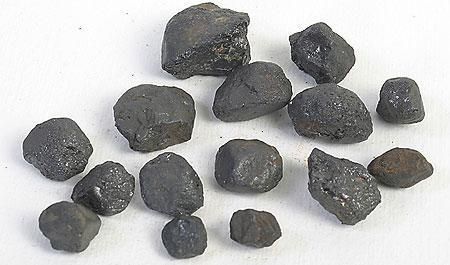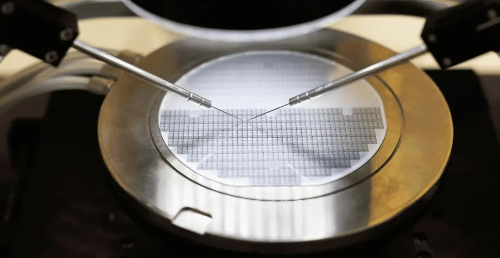Where Do You Find Tantalum
With its high boiling point, good resistance to corrosion, low coefficient of thermal expansion, and high co-efficient of capacitance, Tantalum is a key element widely used in the electronic industries in the manufacture of sputtering targets and capacitors as well as in the medical industry for orthopedic implants.

Tantalum occurs in columbium ores. As the demand for columbium increases, increasing amounts of tantalum concentrates become available. Tantalum can be made as various of shapes such as powders, ingots, foils and plates. After a difficult and complex separation and reduction process, both metals are obtained in the form of powder.
The tantalum powder is pressed in dies to form bars which are vacuum-sintered by passing high currents through them in much the same way that tungsten powder is consolidated. Ingots may then be cast in consumable-electrode vacuum-arc furnaces or electron-beam furnaces. The ingots are worked cold because of the reaction of tantalum with air at high temperatures. Heavy cold working is possible because of the high room-temperature ductility of tantalum. Intermediate annealing must be done in vacuum furnaces.

Tantalum is resistant to oxidation by air to about 500 F. It has been used as a container for molten sodium, potassium, and other metals and alloys at temperatures as high as 2200 F (in the absence of air) without being attacked.
Tantalum has exceptional resistance to most corrosive media below 300 F. For this reason, tantalum is used in many applications involving exposure to corrosive environments in the chemical industry.









